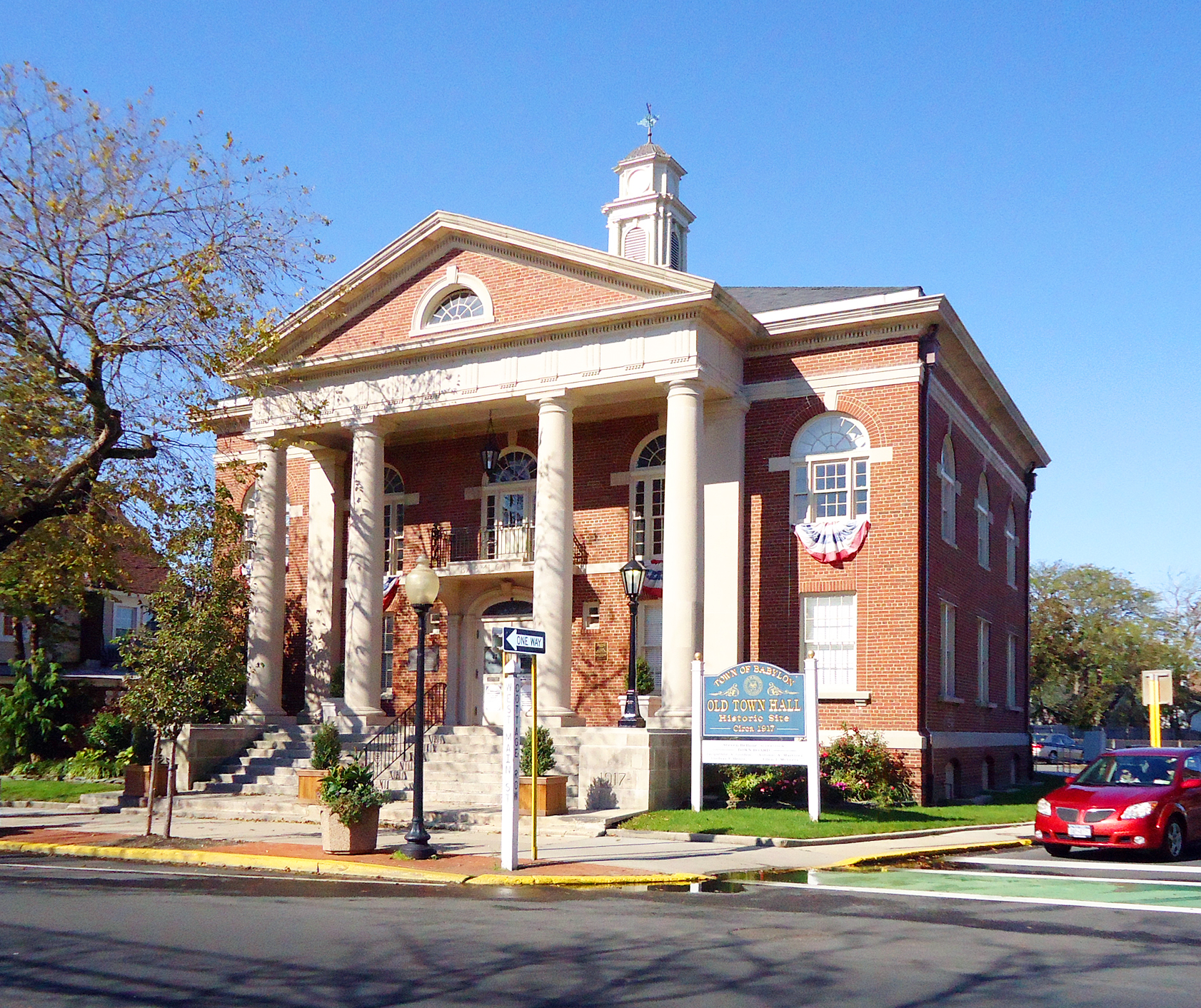Stalco Construction completed an extensive renovation and expansion of the old Babylon Town Hall in Babylon, NY, originally erected in 1917. The project converted the landmark structure listed on the National Register of Historic Places into the Town of Babylon History Museum at Old Town Hall.
According to Stalco Construction Principal Kevin G. Harney, “Stalco performed the final, $700,000 phase of the restoration, which encompassed construction of a two-story, 800-sf addition that houses a lobby and a hydraulic elevator, interior restorations within the original, historic structure and construction of the museum’s exhibition space.”
Stalco Construction served as general contractor for the final phase of the restoration. The project team also included historic restoration consultant and construction manager Historic Construction Management Corp. (HCMC); architect Laura Casale, AIA; structural engineer SDG Engineering LLC; and Mechanical/Plumbing/Electrical engineer Sidney B. Bowne & Son, LLP.
HCMC lead the entire restoration investigation and design throughout a five-year, phased renovation and expansion process.
“The old town hall building underwent a multi-phased restoration. The initial phase encompassed the complete historic assessment and treatment recommendations for the structure, followed by an extensive exterior restoration,” recalled HCMC Principal Joel Snodgrass. “The final, second phase included construction of a historically sensitive addition, selected interior renovations, restoration/installation of museum spaces, and ADA compliance improvements.” BD+C
Related Stories
| Dec 28, 2014
The future of airport terminal design: destination status, five-star amenities, stress-free travel
Taking a cue from the hospitality industry, airport executives are seeking to make their facilities feel more like destinations, writes HOK's Richard Gammon.
| Dec 28, 2014
10 key design interventions for a healthier, happier, and more productive workplace
Numerous studies and mountains of evidence confirm what common sense has long suggested: healthy, happier workers are more productive, more likely to collaborate with colleagues, and more likely to innovate in ways that benefit the bottom line, writes Gensler's Kirsten Ritchie.
| Dec 28, 2014
7 fresh retail design strategies
Generic ‘boxes’ and indifferent service won’t cut it with today’s savvy shoppers. Retailers are seeking a technology-rich-but-handmade vibe, plus greater speed to market and adaptability.
| Dec 28, 2014
Workplace design trends: Make way for the Millennials
Driven by changing work styles, mobile technology, and the growing presence of Millennials, today’s workplaces are changing, mostly for the better. We examine the top office design trends.
| Dec 28, 2014
AIA: Commercial glass façade and door systems
When it comes to selecting fenestration systems—particularly glass facades and door systems—a number of factors come into play, requiring a thorough evaluation of a project’s individual requirements.
| Dec 28, 2014
10 essential habits of successful architects
Want to take the next step as a design processional? John Gresko, Senior Project Architect with HDR, explores the traits that many great architects possess.
| Dec 28, 2014
10 unglamorous things architects do
An acquaintance recently asked me about the kinds of things I did on a day-to-day basis at work, anticipating a response loaded with enviable activities. She was wrong, writes HDR's John Gresko.
| Dec 28, 2014
New trends in ceiling designs and materials [AIA course]
A broad array of new and improved ceiling products offers designers everything from superior acoustics and closed-loop, recycled content to eased integration with lighting systems, HVAC diffusers, fire sprinkler heads, and other overhead problems. This course describes how Building Teams are exploring ways to go beyond the treatment of ceilings as white, monolithic planes.
| Dec 27, 2014
7 ways to enhance workplace mobility
The open work environment has allowed owners to house more employees in smaller spaces, minimizing the required real estate and capital costs. But, what about all of their wireless devices?
| Dec 27, 2014
'Core-first' construction technique cuts costs, saves time on NYC high-rise project
When Plaza Construction first introduced the concept of "core first" in managing the construction of a major office building, the procedure of pouring concrete prior to erecting a steel frame had never been done in New York City.

















